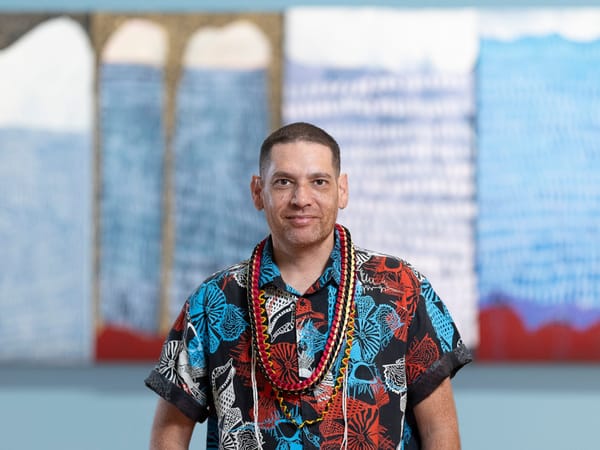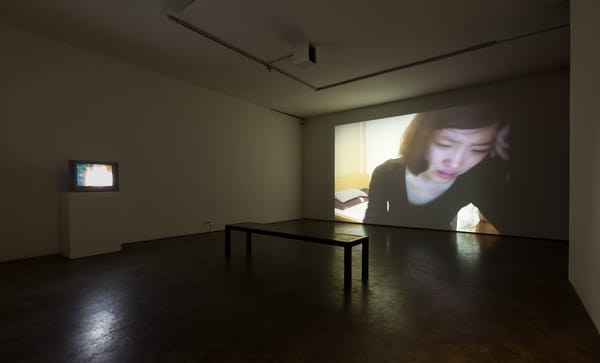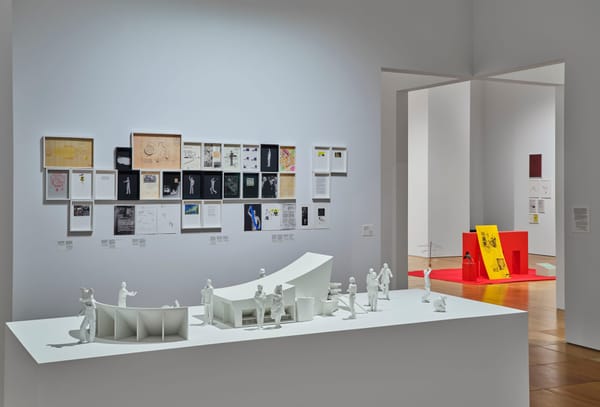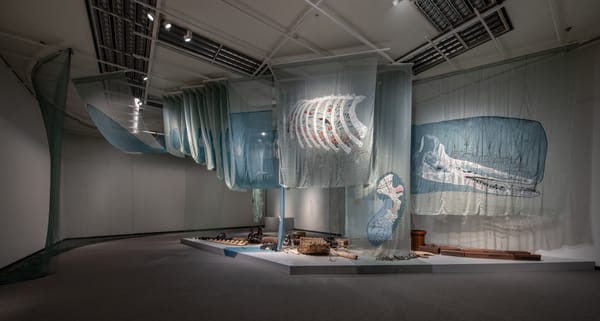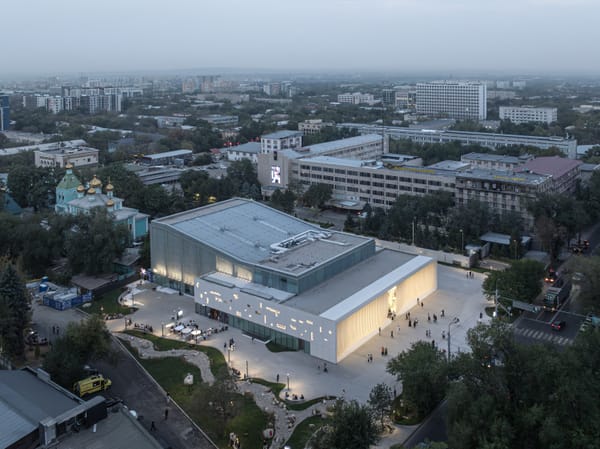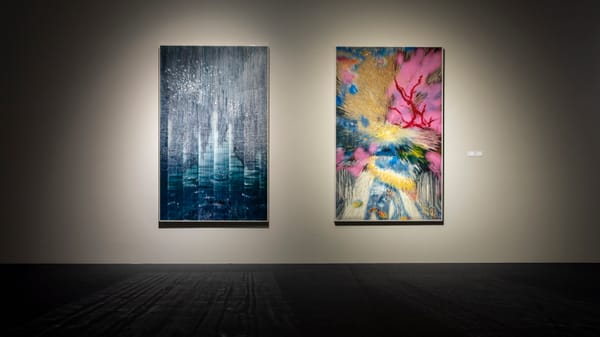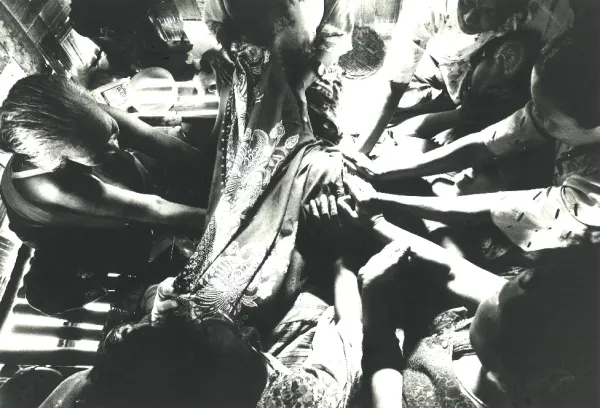People
New Currents: Zhang Mingxuan’s Politics of Skin
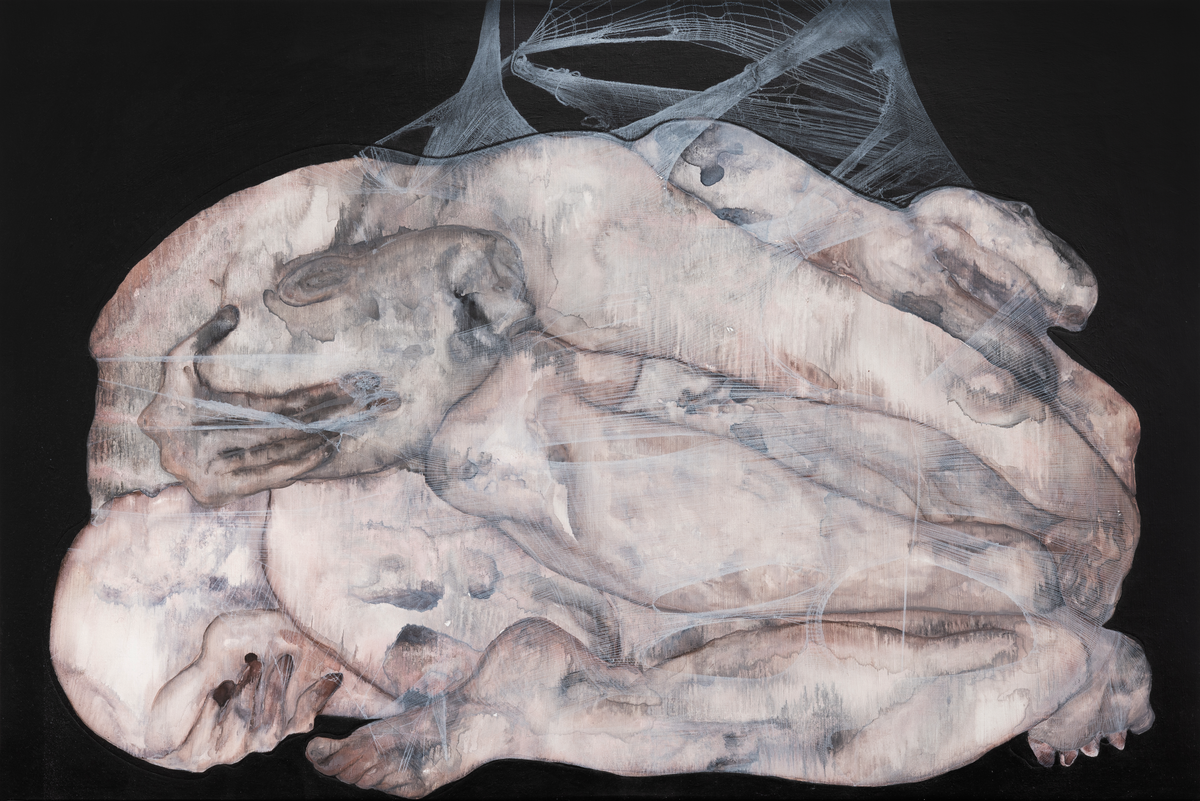
What more still can be done with—or to—the body in art? 27-year-old Chinese artist Zhang Mingxuan seems to want it born again. In 2023, her debut solo show at Hive Center for Contemporary Art in Shanghai featured paintings of gnarly human forms rendered in translucent ecru and mauve—bruised yet diaphanous, as if glistening with amniotic fluid. In two watercolor-on-silk works, a pellucid membrane clings to estranged, entangled limbs, evoking spider silk or an unraveling cocoon. The exhibition, held the year she graduated from her MA in printmaking at the Royal College of Art in London, also showed examples of what would become her first mature sequence of works: bodies, enmeshed in torn hosiery, smothered and compressed—many contorting into fetal positions, ready to retreat into a womb.
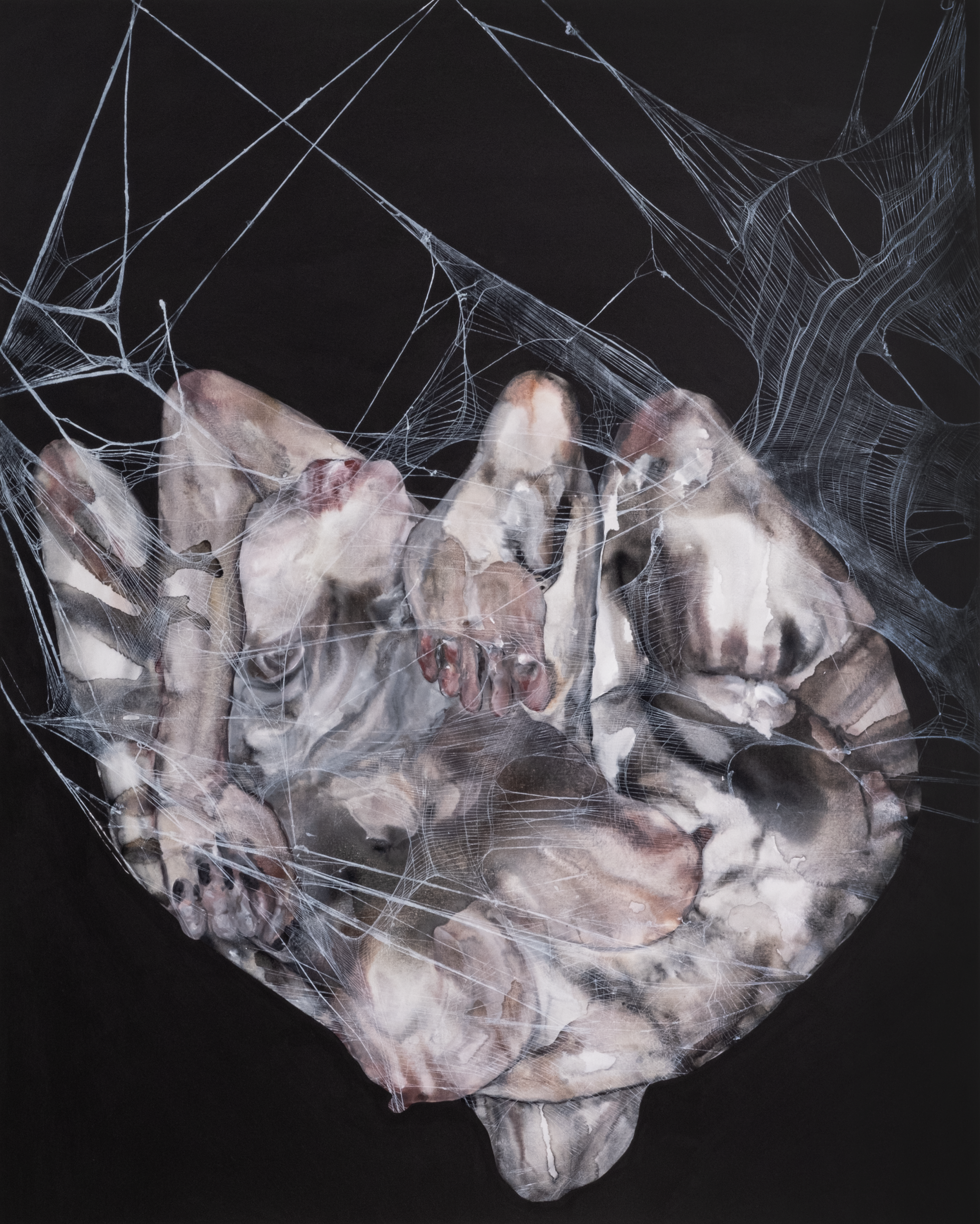
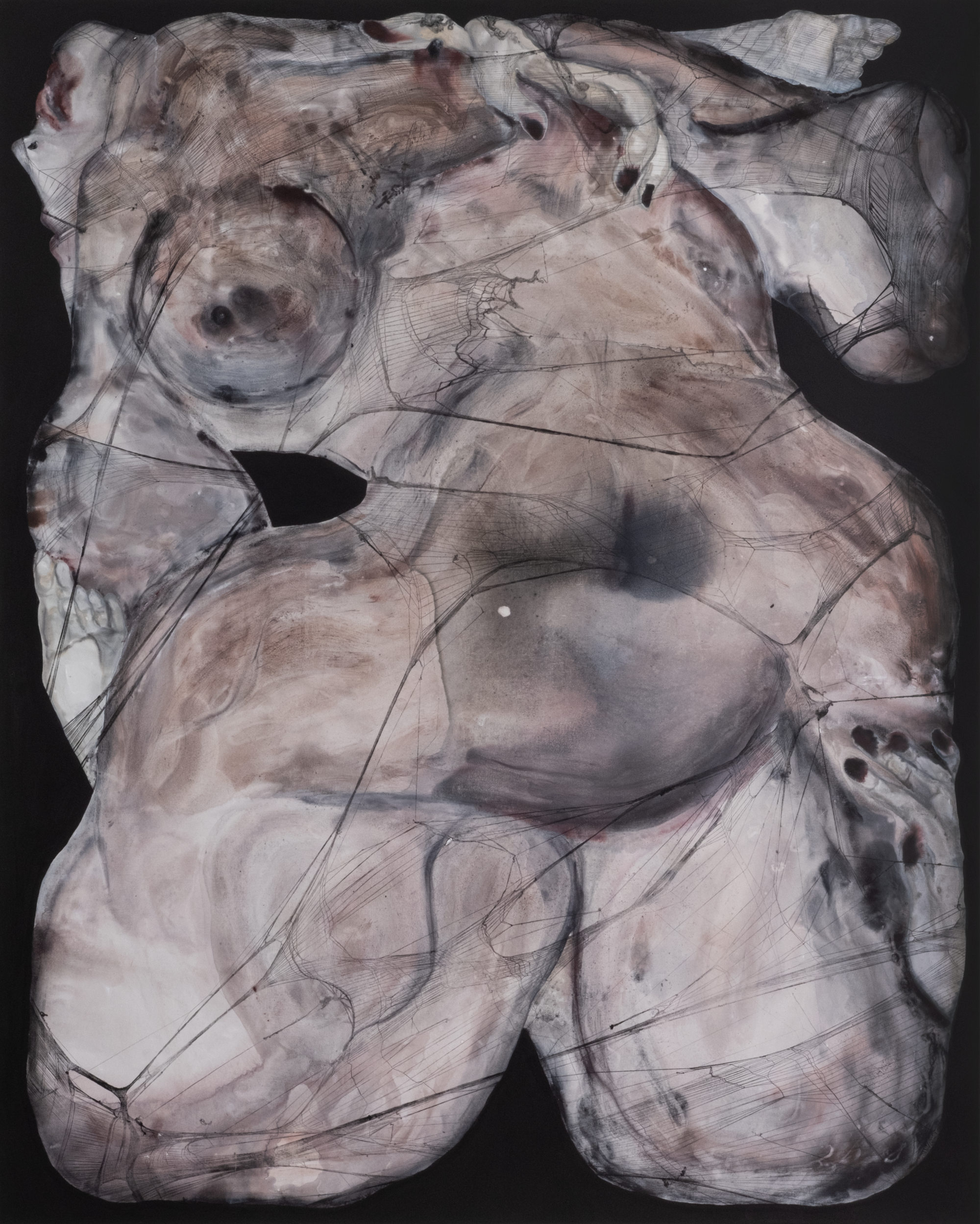
ZHANG MINGXUAN, Tulip, 2023, mixed media on canvas, 150 × 250 cm (left); and Angel, 2023, mixed media on canvas, 150 × 250 cm (right). Courtesy the artist.
The impression of stretched hosiery transcends traditional trompe-l’œil, emerging from a rigorous, action-based method blending painting and printmaking. Zhang begins by composing her image and choreographing human silhouettes on canvas. She then takes thick nylon hosiery and subjects it to vehement altercations—pulling, yanking, and tearing until breakages emerge—a procedure she describes as labor-intensive and cathartic. The resulting fabric—now frayed, thin, threadbare—is stretched over pre-cut wood boards, each rip and rupture positioned to echo anatomical architectures and contours. These nylon-clad boards are then coated in black pigment and pressed onto canvas, achieving the uncanny vision of “stockinged” bodies.
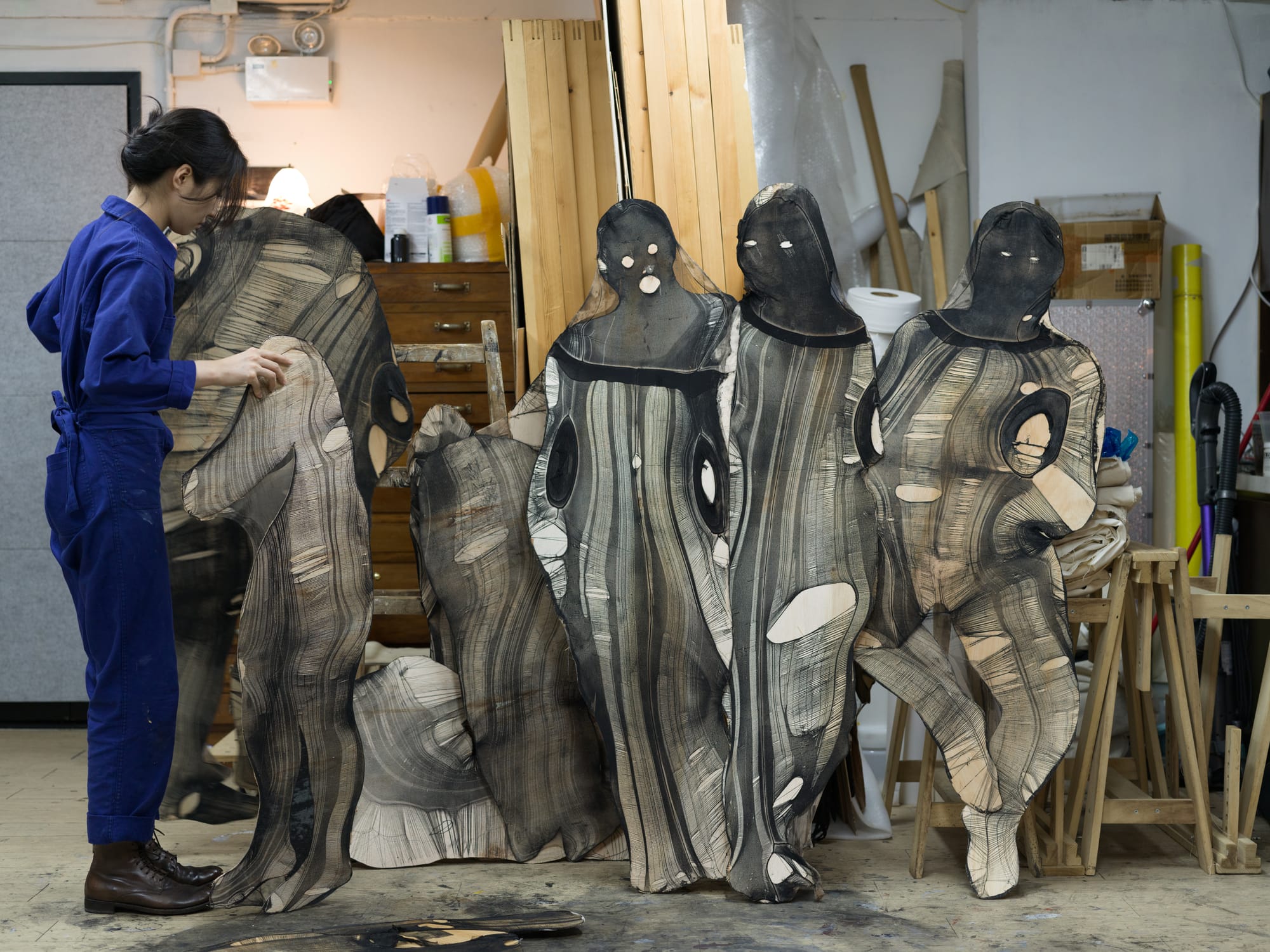
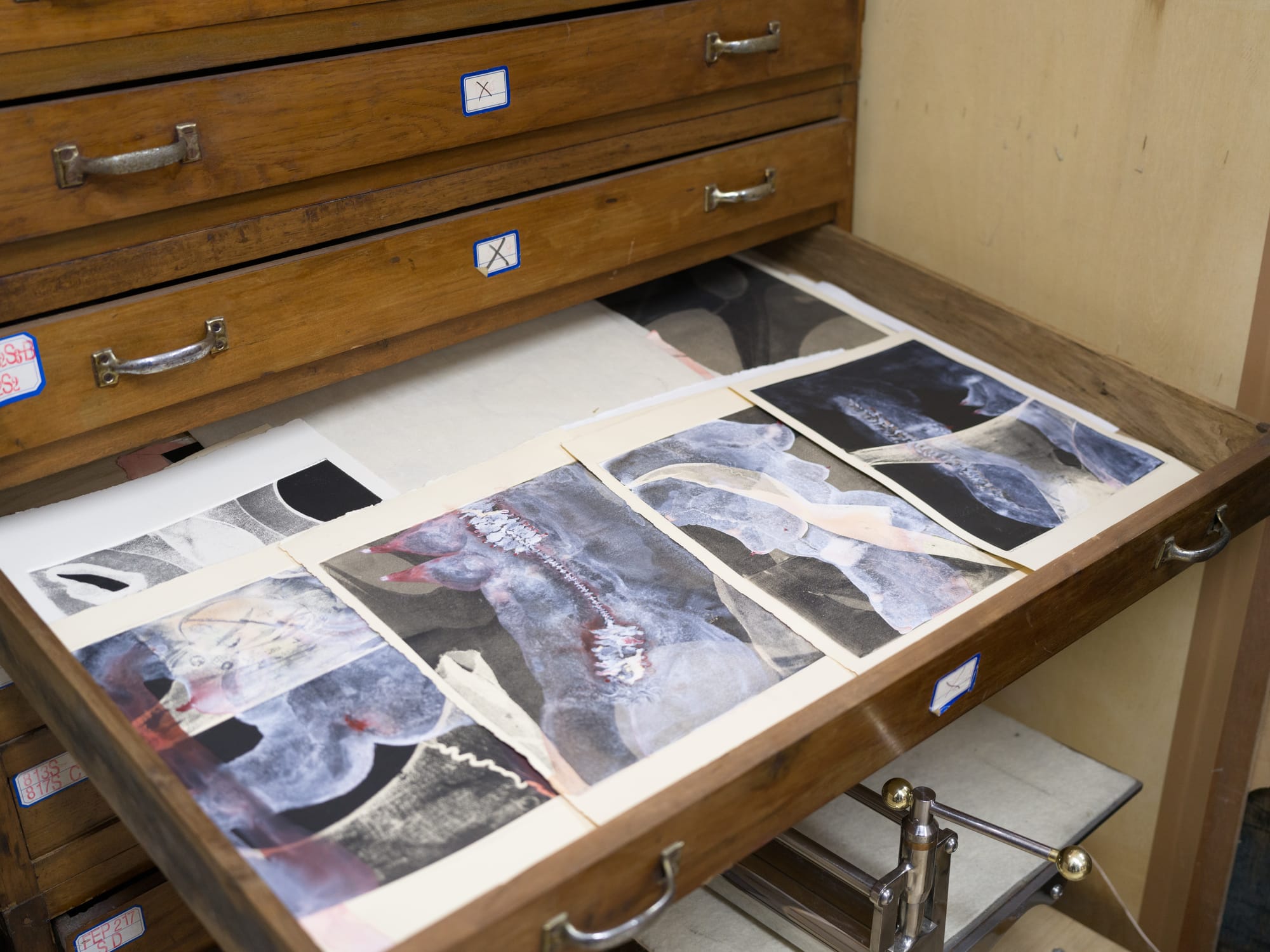
ZHANG MINGXUAN in her studio in Hong Kong. Photo by Felix S. C. Wong. Courtesy the artist.
The process enacts violence three-fold: first, through Zhang’s own forceful manipulation of the nylon; second, through the literal and symbolic aggression the nylon exerts as it compresses the wood boards and painted forms; and third, through the transferal of a crime—where, by a deft sleight of hand, the artist shifts culpability for the torn hosiery onto the painted physiques themselves, suggesting it was their very mass and corporeality that stretched and split the mesh. Never once encasing actual bodies, the stockings drape over the wood boards as husks—specimens preserving the remnants of struggle. Their imprints on canvas are vestiges twice removed—spectral traces of mere echoes of violence—and yet they retain palpable tension, engendering intriguing dialogues between surface and substrate, skin and flesh, exposure and concealment, form and void.
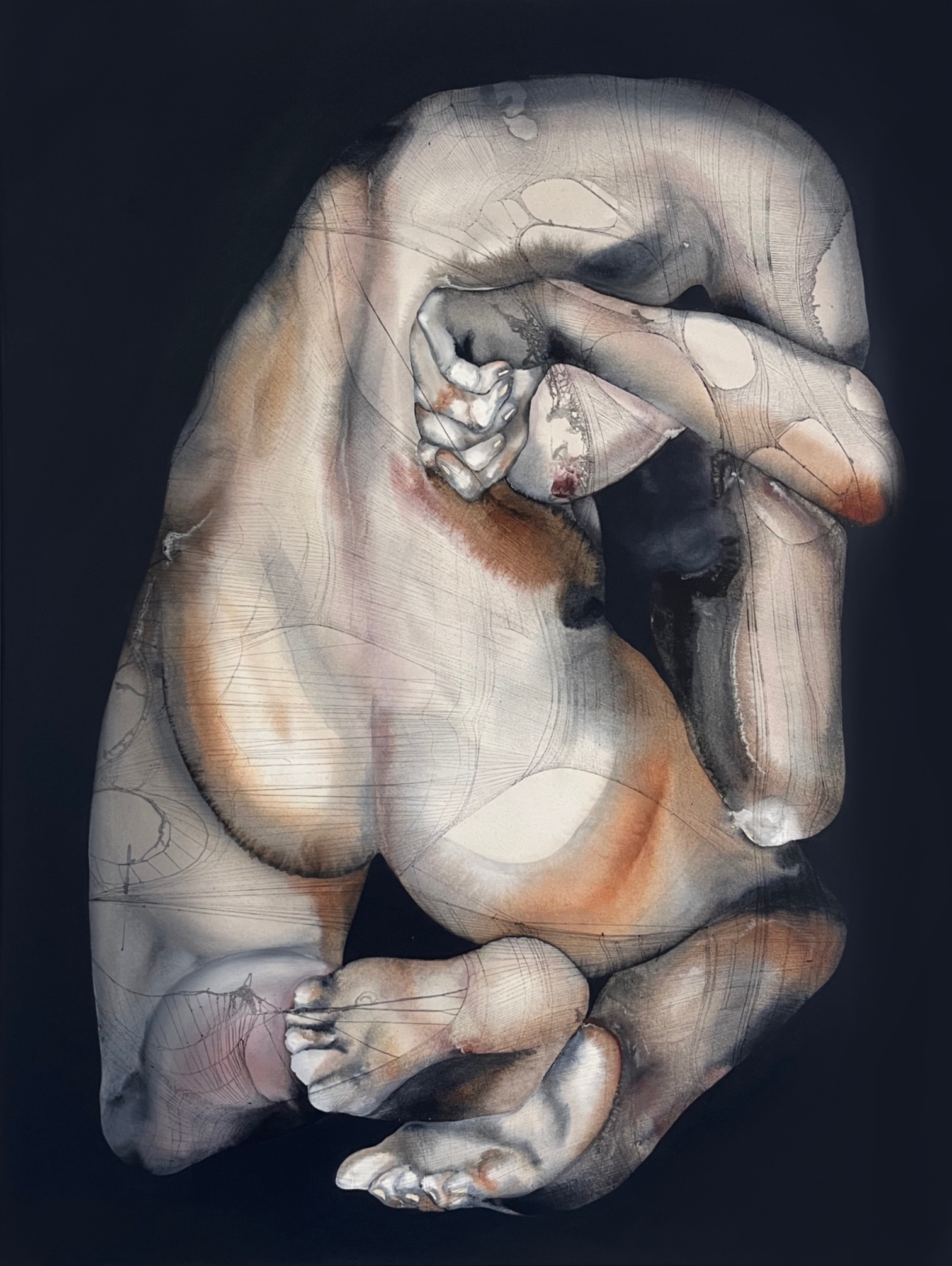
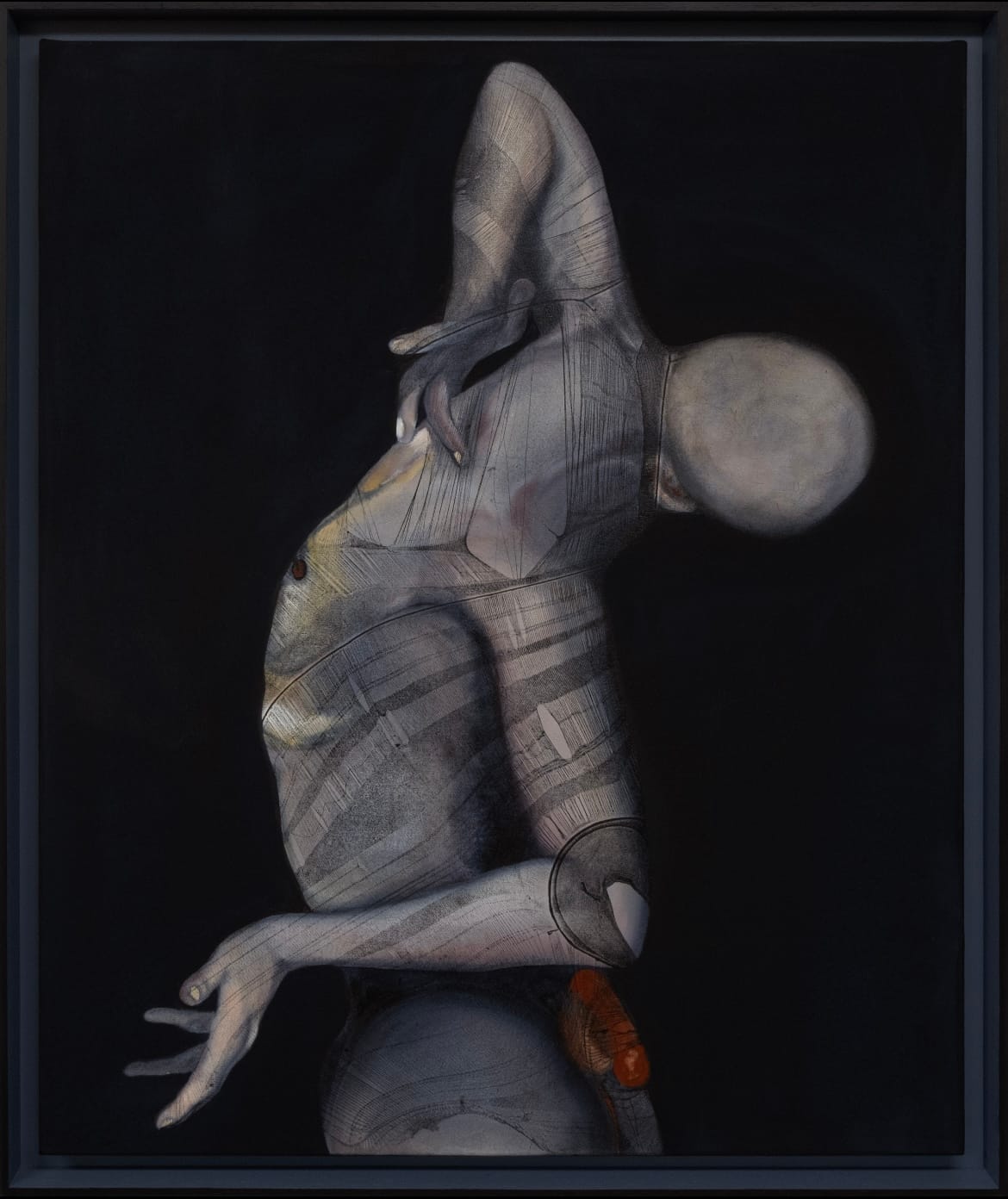
ZHANG MINGXUAN, Mull, 2024, acrylic and oil on canvas, 120 × 90 cm (left); and Chiasm, 2025, acrylic and oil on canvas, 128 × 108 cm (right). Courtesy the artist.
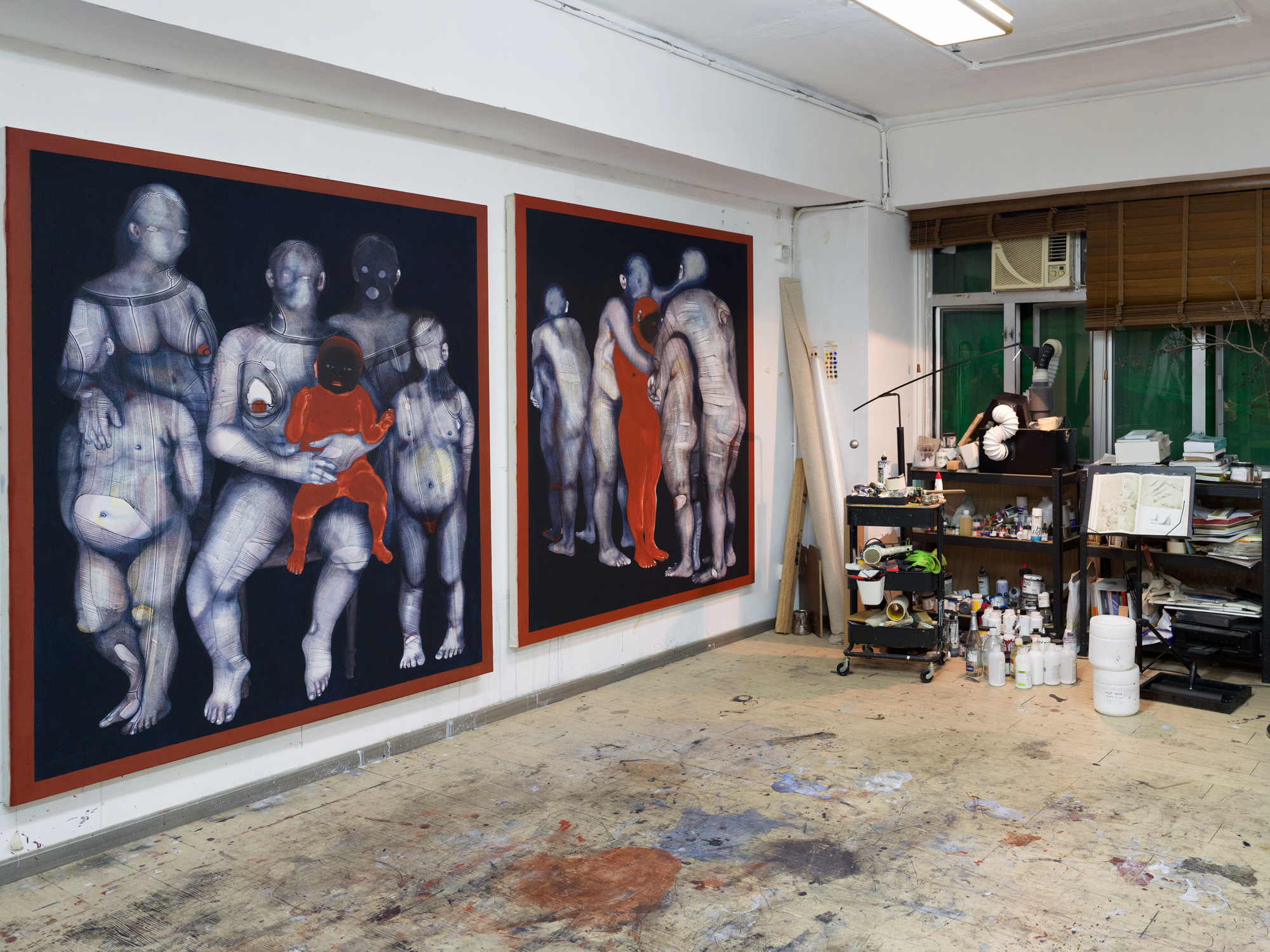
ZHANG MINGXUAN’s studio in Hong Kong, August 2025. Photo by Felix S. C. Wong. Courtesy the artist.
For Zhang, who once walked through Richmond Park in a stocking suit, allowing branches to snag her fragile garment, performance—specifically its embodied experience—is foundational to her practice. Her figures on canvas are less objects or subjects of representation than conduits of visceral intensities: neither sexualized nor idealized, their abject, deliberately distorted bodies articulate their own unspeakable truths. Acquiring agency through the restrictive confines of their “second skin,” Zhang’s writhing forms exude a sacred stillness and monumentality, even in their most grotesque poses. Recent works witness bodies unfolding from their embryonic state—stretching, somersaulting, or arching to scratch an itch—signaling a kind of awakening. This development intertwines with explorations of familial and ancestral networks where hesitant souls navigate between tenderness and alienation, offering meditations on identity, trauma, and resilience.
Michele Chan is managing editor at ArtAsiaPacific.
